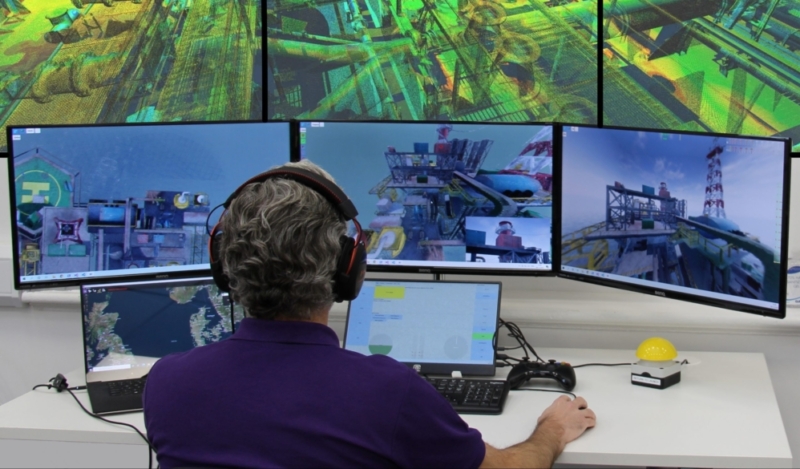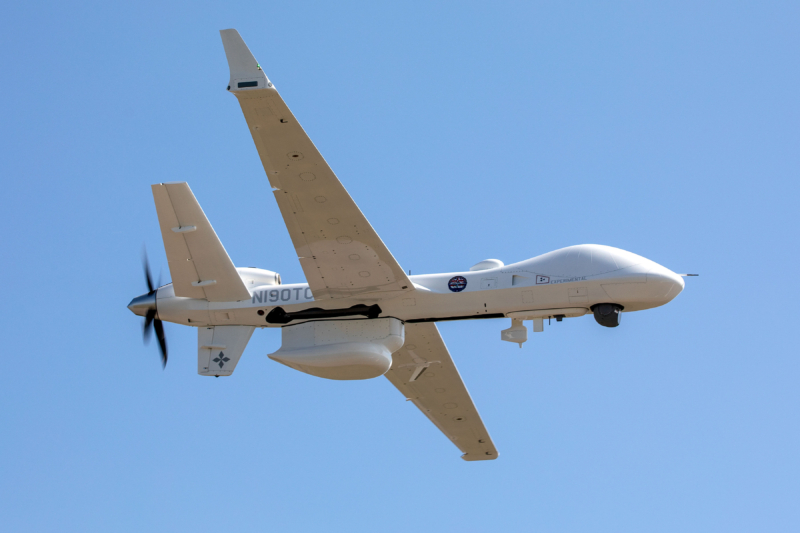While the last two years have been extremely challenging for aviation, it has also given us an opportunity to find new ways of doing things without the pressure of intense traffic levels. New technologies are advancing rapidly and the way we travel, receive goods, pilot aircraft, and manage airspace are changing as a result.
To help these technologies become a genuine reality the UK Government established the ‘Future Flight Challenge’, a government-run programme that funds projects to explore inventive new ways to achieve greener flight, improve connectivity, alleviate congestion, and ultimately create new ways to travel by air. The four-year programme, which will see up to £125million invested by the challenge, aims to demonstrate a fully integrated aviation system in 2024. NATS has been involved in four different projects, each of which focused on subtly different areas but all aiming to take us a step closer to an uncrewed, modernised, digitised future for aviation.
Project DBAS, or ‘Distributed Beyond Visual Line of Sight Aviation System’ (DBAS), aimed to design a control room concept that can be used to co-ordinate airspace users, including new and novel aircraft like electric air-taxis, drones, and commercial space operators. We know that integrating, rather than segregating new users is the most efficient way of ensuring all types of aircraft can operate safely, and this project enabled us to design a control room concept capable of handling all that traffic in a single unified airspace, and with one single tool.

The prototype demonstrated how the control room operator could automatically authorise flight plans, provide deconfliction advice and instructions, monitor notifications related to airspace restrictions and specific missions, and maintain oversight to ensure safe and efficient operations for all those wishing to use the airspace.
One of the biggest challenges for future airspace will be around integrating an increasing number of aircraft types with different flying characteristics, all in the same airspace – a small drone flies in a very different way to a commercial airliner, for example. The DBAS project, which was led by sees.ai and had a number of other technical partners, demonstrated how this challenge can be overcome by using a single unified tool to safely co-ordinate all operations.
“One of the DBAS project’s central aims was the integration of BVLOS drone systems into the wider aviation system” said John McKenna, CEO of sees.ai. “BVLOS drones today typically fly in either segregated airspace, or in our case at low altitude away from other aircraft. If we wish to realise the vision of uncrewed and crewed aviation systems operating safely in the wider airspace, then central coordination of such activities is going to be crucial. In this project NATS has demonstrated a clear vision for how that could be achieved.”
While only conceptual, the work of this project has provided an extremely valuable insight into how uncrewed operations could be managed in the future. Phase 3 of the Future Flight Challenge begins soon, during which NATS and other organisations will seek to continue building on the progress already made in advancing aviation. Safely integrating new types of aircraft into our skies, without disrupting those already there, is the key to a sustainable, modernised, and unified future for our airspace, which is now one step closer as a result of this project.
Comments
Please respect our commenting policy and guidelines when posting on this website.



